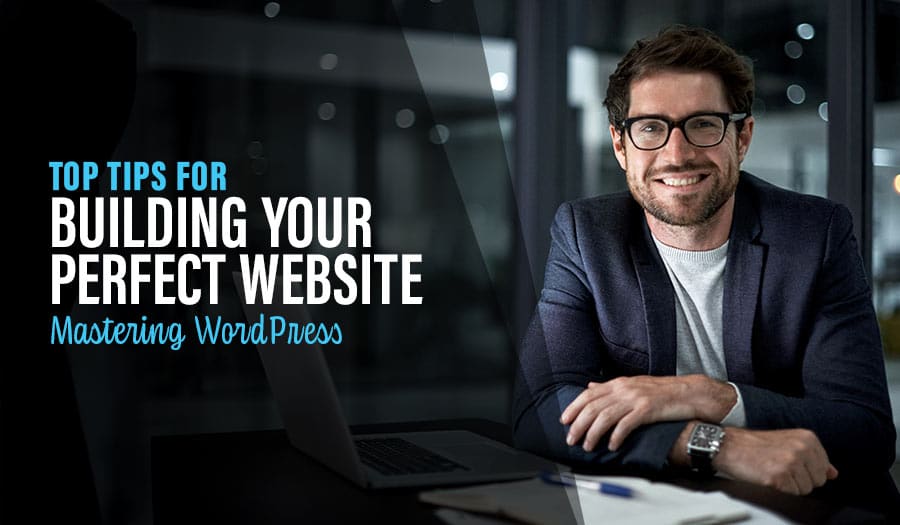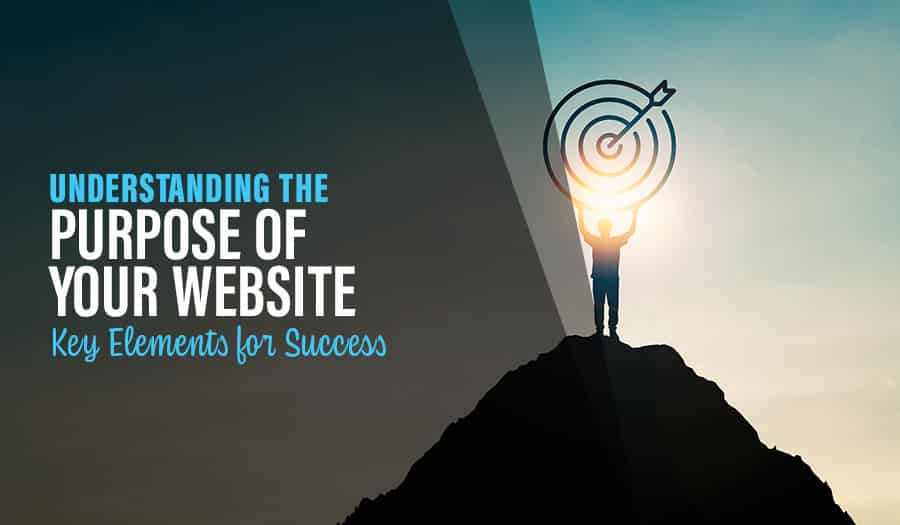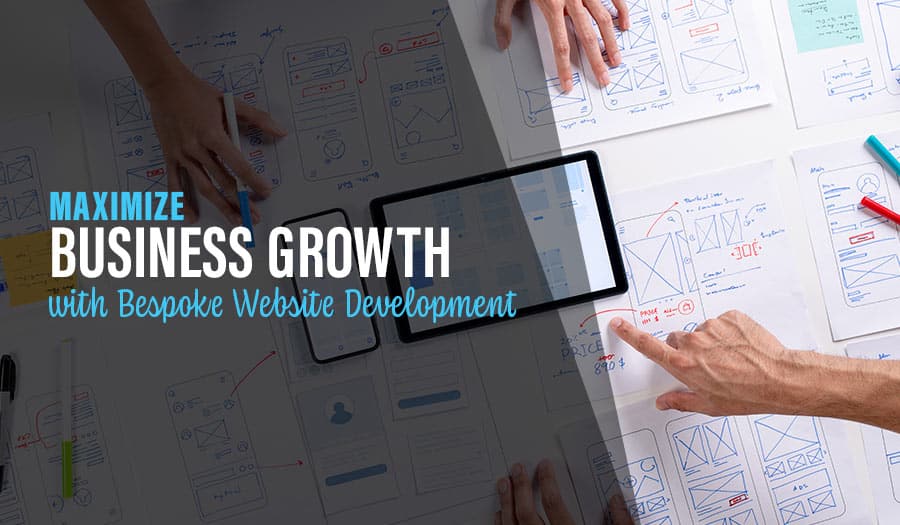The right website can become a cornerstone of your business. It turns your online presence into a place where your audience can learn more about you, understand how you differ from your competition, and even close the deal, reserve service, or make a purchase. But of course, you have to get it right. Let’s explore the 7 Steps to Build Your Brand Using Strategic Web Design.
Getting it right can mean a lot of things in a lot of cases. For website design, it means making sure your website accurately represents what you have to offer and turning it into a centrepiece of your marketing effort. That, in turn, is only possible if you consider your website as a branding opportunity.
We’ll start this guide with a quick explanation of why branding matters (in web design and marketing in general). From there, we’ll dive deep into the steps any business can take in their website design process to build and feature a brand and increase revenue.
Why Branding Matters For Your Website and Business
No matter the industry, no business exists in isolation. You will always have both direct and indirect competition that seeks to gain revenue from your target audience. A strong brand can elevate you above that competition, positioning your product or service as not just superior but also unique and even irresistible.
Your brand is more than just a logo. It’s what your audience thinks about when they think about your business and its offerings. You can shape those perceptions into something both positive and unique through strategic branding, which begins and ends with your website.
Get it right, and the power of branding is immense. According to one study, consistent branding increases revenue by an average of 23%. Meanwhile, 77% of marketing leaders say that a strong brand is critical to their business growth plans
Don’t think of branding as something only large enterprise businesses can pursue. Every business has a brand, because every business has an audience that has developed feelings and perceptions about it. Every business can try to influence these perceptions. And, with these 7 steps, you can optimise your website design to accomplish just that.
7 Steps to Build Your Brand Using Strategic Web Design
- Choose the Right Colours
- Prioritise Your Value Proposition
- Highlight Your Brand Voice and Personality
- Align Your Design Elements
- Pick Your Fonts Strategically
- Tap Into Your Audience’s Emotions
- Emphasise The Uniqueness of Your Business
1. Choose the Right Colours
Colour plays a core role in the branding process. We won’t go in-depth in this article about the psychology behind it, but it’s important to know that the right colours can improve brand recognition for your business by more than 80%.
That means part of your web design process should include choosing the right colours. You need to be consistent if you already have a marketing presence elsewhere, like printed materials or your storefront. If not, make sure you spend plenty of time thinking through what colours you want your website (and, by extension, your business) to be.
Of course, you don’t have to limit yourself to a single colour. Most websites feature a background (usually light), primary, and secondary accent colour. Check with your web design partner to understand what’s needed to make your website memorable and distinct.
2. Prioritise Your Value Proposition
In a few words or a single phrase, what’s your business about? Why do you exist, and what do you promise to your customers? How you answer those questions makes up your value proposition. Effective branding, in turn, means making sure that every marketing and communications decision you make leads back to that value proposition in some way.
The same thing can be true for your website, as well. In fact, your value proposition should become the overarching goal of your website design process. As a guidepost to creating both the site architecture and content within the individual pages, it can help you build a more coherent, consistent, and convincing online presence.
3. Highlight Your Brand Voice and Personality
Being unique in your industry depends largely on your value proposition. But don’t underestimate the effect that your brand personality can have on it, as well. Designed the right way, your website is the perfect spot to let that personality shine.
Your personality and voice communicate authenticity, which in turn makes customers more likely to buy from you. The best marketers sound like people more than businesses, creating as much distinction to their competition with their personality as they do with their core product value.
In the context of web design, your personality can shine through in a number of ways. From colour choices to designs, especially the writing itself, you can build a unique presence that your audience can relate to.
4. Align Your Design Elements
Put your website (or even your website design concept) up against your other marketing materials, whether they be brochures or postcards you might send to your audience. Does it match up? Ensuring it accomplishes a core piece of the branding process: consistency.
Your audience doesn’t consider your marketing a collection of individual pieces. Instead, it’s all part of a larger buyer’s journey, blending together as they make their way through the sales funnel. To accomplish that, achieving consistency in your design between the website and any other communications your audience might see is absolutely crucial.
It goes beyond the colours and fonts we’ll discuss in a moment. The general shapes you use and even the visual style within these colours matter just as much. The more your website and print material designs are aligned, the better.
5. Pick Your Fonts Strategically
As you build or update your website, typography should be a major design consideration. Your fonts can subtly communicate and reinforce your brand promise and value proposition to your audience, and they’re a significant visual element on your website to boot.
Similar to the colours and other design elements, consistency also matters. Ideally, your fonts should be consistent across all of your communications, building your credibility and easing the transition between channels for your audience.
If you don’t have standard brand fonts yet, your website design process is the perfect place to choose them. Perform some research on the merits of serif vs. sans serif and other details, or talk to your web design agency about those nuances. Then, pick a typography style for your website, and carry that style to other marketing materials as well.
6. Tap Into Your Audience’s Emotions
According to some experts and research, 95% of all decision-making is emotional. Even when we think we pick between products rationally, the subtle feelings and impressions we get—the colours, language, and desired outcome—all matter more as we decide whether to pull out the (virtual or physical) wallet.
Your website, you guessed it, offers the perfect opportunity to influence exactly what emotions you evoke in your audience as they browse your products. To provide some examples:
- Fast-paced videos with bright colours can engender excitement.
- Subtle colours and black and white or tinted visuals can lead to feelings of nostalgia.
- Images and text representing otherwise under-covered aspects of your audience’s self-identity can create a feeling of emotional connection and empathy.
And of course, these are just some of the many examples in which website design choices can be targeted to evoke specific emotions in your audience, driving their decision-making in the process. Keep that in mind as you make strategic decisions to build your online presence.
7. Emphasise The Uniqueness of Your Business
Finally, your website is a perfect opportunity to highlight and summarise just what makes your business unique and different from its competition. As mentioned throughout this guide, you can do that through your colour selection, focusing on your value proposition, your voice and personality, and even your typography. But you can also get more explicit.
Think about the pages on your site that are especially about your business. How can you optimise them to emphasise the uniqueness of your business? For your About Us page, for instance, that might mean going beyond the obligatory staff team photo and business history paragraph. Instead, you could showcase a behind-the-scenes video for your facility or even for each staff member.
The homepage itself also allows you to dig into the little things and nuances that make your business unique. As a result, you can ensure that the message gets across to your audience the second they land on your website and start learning about you.
Ready to Build a More Effective Brand Website?
Don’t think of branding as an esoteric concept only large enterprise businesses can and should invest in. Every business has a brand because every business has an audience that’s formed an opinion about it. Branding simply means making a strategic effort to influence these perceptions. And that’s where your website can shine.
Of course, you don’t have to do it yourself. Instead, you can find and work with partners who are experts in the process, including streamlined web design that gives you and your business exactly what you need. We’ve gone through the process of building an effective brand website for countless other clients and are ready to work with you. Contact us to get started.
Take your business to the next level with a Pixel Fish Website.
Check out some of our latest Website Design projects.
Further Reading
10 Tips that Maximise Your WordPress Website Design ROI
12 Tactics to Increase Your WordPress Website Speed
10 Best Practices for Installing New WordPress Plugins
10 Website Navigation Tips to Help You Improve User Experience
Has Social Media Peaked? And What’s Next in Digital Marketing?
DIY vs Web Designer: Which is right for Your business?
What is your Business Value Proposition?
5 Reasons Your Business Needs Social Media Services to Boost its Brand
Why have my Search Rankings Dropped & What Can I Do About It?
Top 6 Items You Should Include on Your Website Homepage
8 Signs of a Great Content Marketing Agency



